Copyright © 2025 Motivate Media Group. All rights reserved.
id library: Update your reading list
Our reading list this month looks at the continuous innovative and progressive world of architecture and urbanization

Mei Architects and Planners launches Open-Access e-book Version of its latest book, Included

Mei Architects and Planners is introducing a free digital version of its latest book, Included. Architecture as a means for a new future. After the successful launch of the offset print version, and at the request of many, Mei has decided to release an open-access e-book in order to make the book accessible to all, in line with the inclusive spirit on which Mei’s work and its latest book is based.
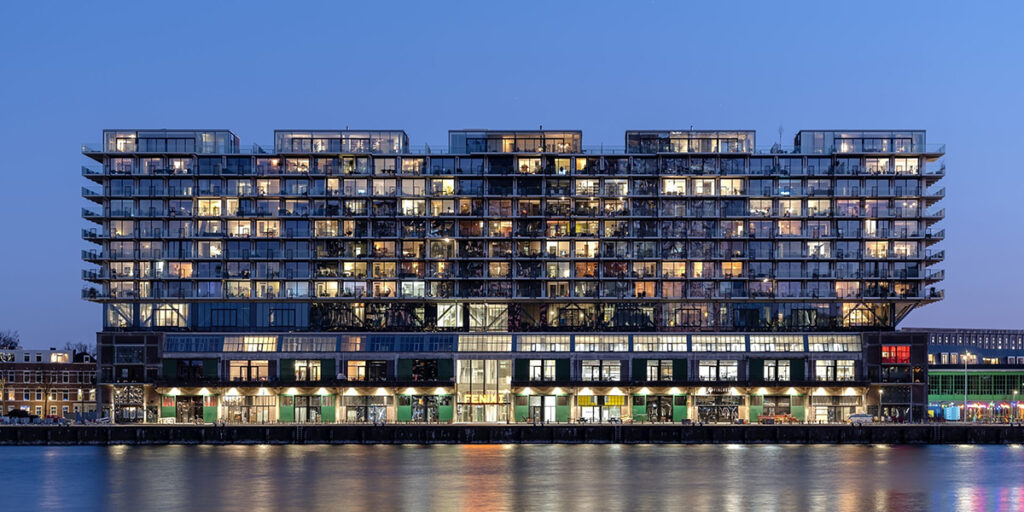
Schiecentrale Rotterdam, project by Mei architects and planners
Included. Architecture as a means for a new future, published by nai010 publishers, explores new ways of working and building that respond to the growing ecological and social needs for a different approach to the built environment. Like a ‘cookbook’, the richly coloured publication, designed by graphic design agency 75B, contains a layered set of ingredients to shape the architecture of tomorrow. With this book, Mei dives into an idiosyncratic work in which respect for the environment is central.
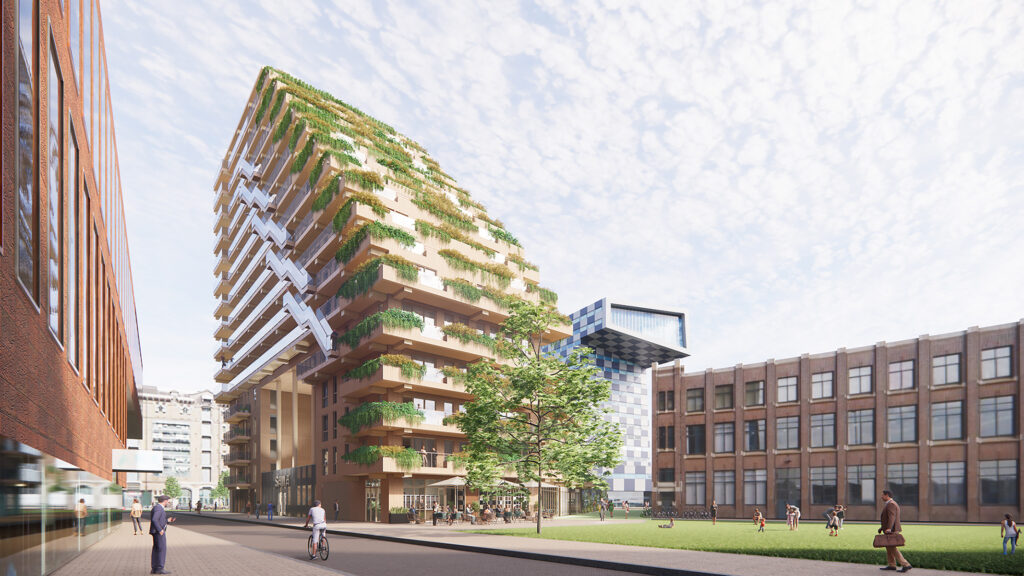
SAWA Rotterdam, project by Mei architects and planners
Innovating Design
Alan George from Orange Design recommends Human Centric Urban Innovations by Baharash Bagherian
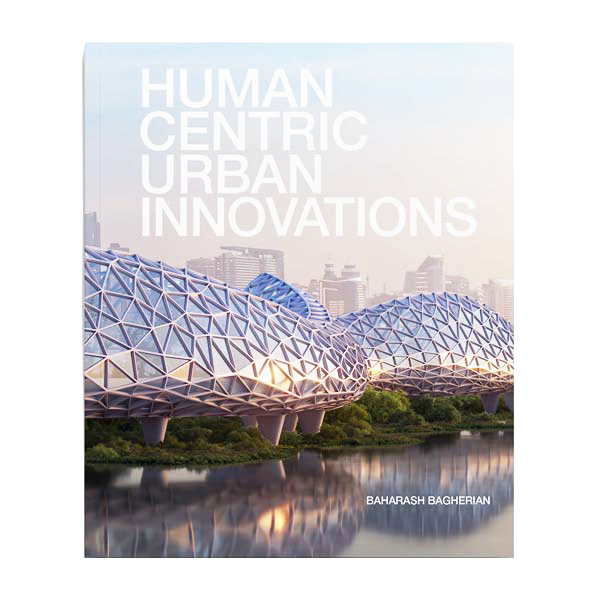
As designers, we all strive to create and live in spaces that elevate our way our life. Over the last century, however, this has come at a grave cost. Global temperatures and levels of pollution have risen exponentially. We need to start solving these problems with design at macro scale!
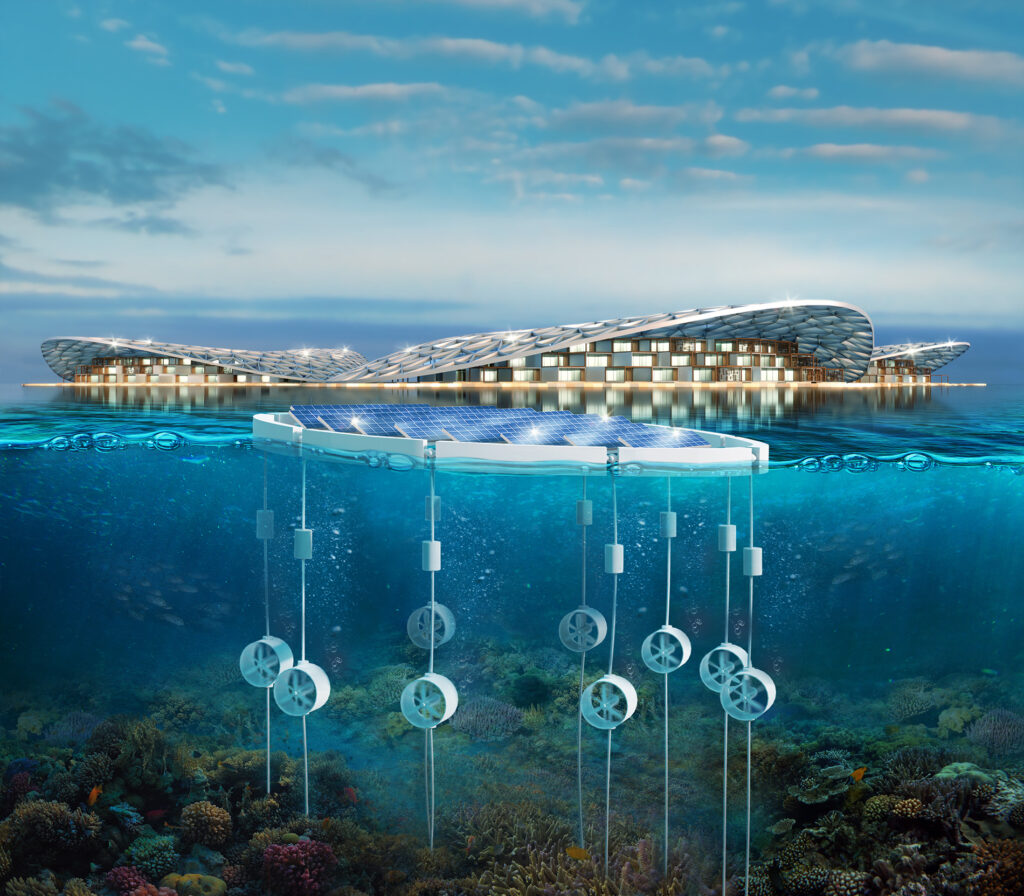
Dubai Reefs Project
That is exactly what Human Centric Urban Innovations focuses on. Authored by Baharash Bagherian, this book illustrates how future cities could operate. Most importantly, it highlights how sustainable living does not have to be a compromise. In fact, when done correctly, it is highly aspirational. The book is a visual delight, with key diagrams explaining how future cities can be put together. There is a strong narrative of both design and socio-economic influences. Unlike other books on the topic, this one can be easily digested by anyone interested in the topic of urban innovation through sustainability.
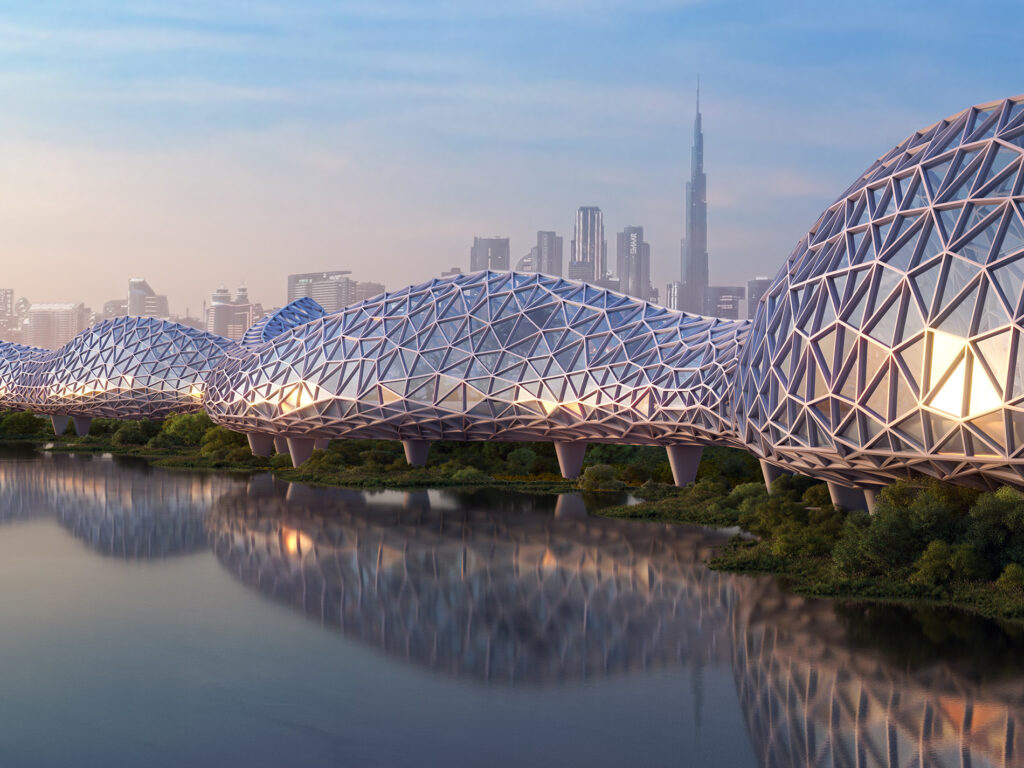
Key principles to urban design are tackled with a pragmatic approach. Cities are an urban tapestry, and as such have multiple layers, each providing a function to the built environment. Baharash crafts a narrative that allows the readers to go on a journey, delivering an experience that dives deep into case studies of urban innovation around the GCC. The reader can visually see how a city has a ‘heart & arteries’, and how that impacts the pedestrian experience. This book contains tangible insights that aim to inspire and spark conversations about how we experience urban cities. I would highly recommend this book to any designer who is passionate about the topics of sustainability and the built environment.
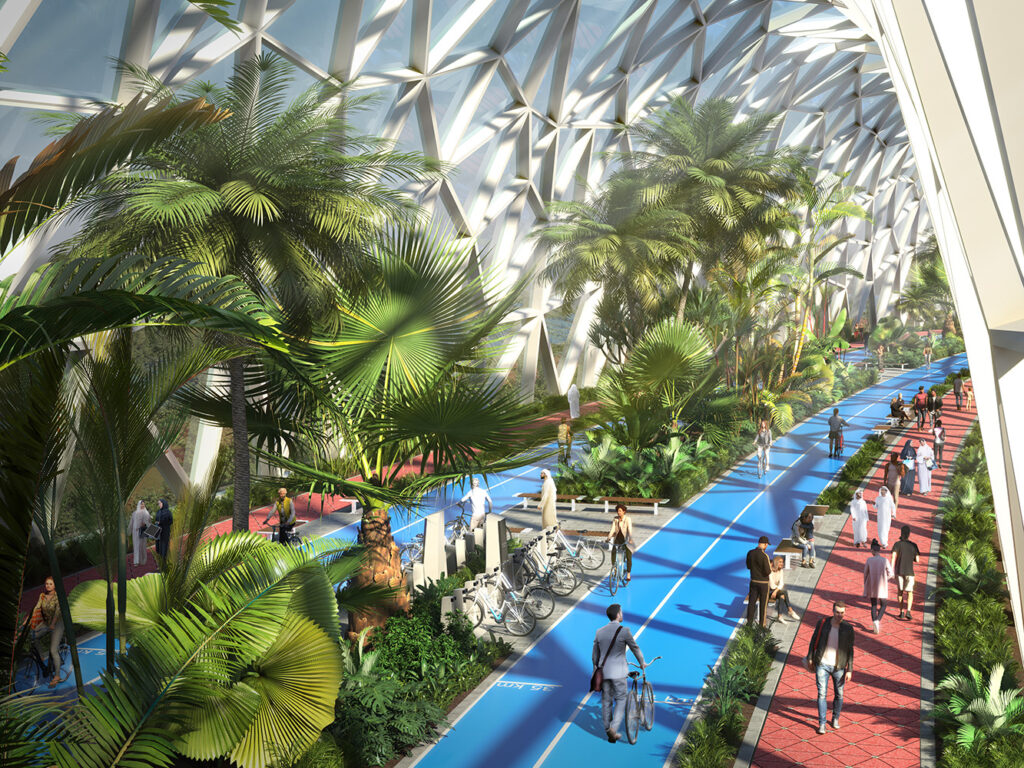
The Latest
From Private to Public
How ELE Interior is reshaping hospitality and commercial spaces around the world – while staying unmistakably itself
New Episode: In Design With: Ahmed Bukhash
Watch the latest episode on In Design With.
Highlights of the Biennale Architettura 2025
We shine a light on the pavilions from the Arab world at the Venice Architecture Biennale, on display until Sunday 23 November 2025
Read ‘Bold Design’ – Note from the editor – July/August 2025
Read identity magazine's July/August 2025 edition on ISSUU or grab your copy at the newsstands.
Things to Covet in June 2025
Elevate your spaces with a pop of colour through these unique pieces
Designing Spaces with Purpose and Passion
We interview Andrea Savage from A Life By Design – Living & Branding on creating aesthetically beautiful and deeply functional spaces
Craft and Finesse
EMKAY delivers a bold and intricate fit-out by transforming a 1,800 sqm space into SUSHISAMBA Abu Dhabi, a vibrant multi-level dining experience
An Impressive Entrance
The Synua Wall System by Oikos offers modularity and style
Drifting into Summer
Perennials unveils the Sun Kissed collection for 2025
The Fold
Architect Rabih Geha’s collaboration with Iwan Maktabi
From Floorplans to Foodscapes
For Ayesha Erkin, architecture was never just about buildings, but about how people live, eat, gather and remember
















